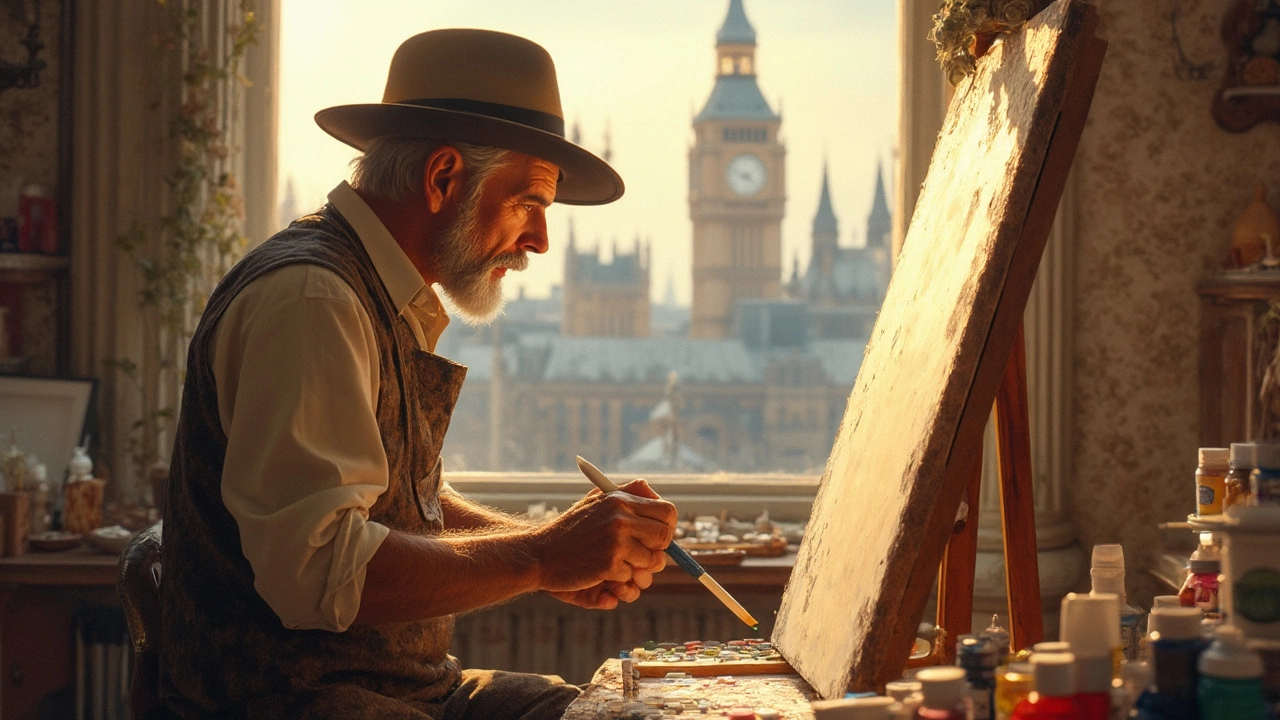Beginner Oil Painting: Simple Steps to Start Painting Like a Pro
Ready to try oil painting but not sure where to begin? You don’t need a fancy studio or years of training. With a few basic tools and a handful of easy tricks, you can create real‑looking paintings right at home. Below you’ll find the must‑have supplies, the first techniques to master, and quick fixes for the most common errors.
Essential Supplies for Your First Canvas
First thing’s first: gather the right gear. A small set of quality brushes (a round 2 mm, a flat ½ inch, and a filbert work well), a beginner’s oil paint palette (basic colors like titanium white, cadmium red, ultramarine blue, yellow ochre, and burnt umber), and a medium such as linseed oil or a ready‑mix solvent. A cheap canvas board or pre‑stretched canvas will do; you don’t need heavyweight linen at the start.
Don’t forget a palette knife for mixing, a set of paper towels for cleanup, and a simple varnish to protect finished work. All of these can be found at an art shop for under £30, so you won’t break the bank.
Start With the Basics: Underpainting and Layering
Most beginners jump straight into color, but an underpainting saves time and fixes mistakes later. Use a thinned mixture of burnt umber and linseed oil to block in the basic shapes on your canvas. This monochrome sketch establishes values and guides where the light hits.
Once the underpainting dries (usually a day or two), start adding color in thin layers—this is called “fat over lean.” Keep early layers lean (more solvent, less oil) and make later layers richer (more oil). The result is a smooth, crack‑free finish that looks professional.
If you accidentally get a color wrong, don’t panic. For wet or tacky paint, gently wipe with a clean rag and re‑apply the correct shade. For dry paint, a light scrape with a palette knife followed by a fresh wash of the right color works wonders. The technique is explained in detail in our post “How to Fix Mistakes in Oil Painting: Wet, Tacky, and Dry Layer Repairs.”
Practice blending by working the brush in small circles, then flattening the strokes to see how the paint moves. Try a simple still life—an apple, a cup, and a cloth—so you can focus on shape, light, and color without getting overwhelmed. Remember to step back often; the overall impression matters more than tiny details when you’re starting out.
Finally, keep a sketchbook handy for quick studies. Sketching before you paint (even a quick pencil outline) helps you plan composition and avoid costly errors later. Whether you’re painting portraits, landscapes, or abstract pieces, the basics stay the same: plan, layer, and adjust as you go.
With these straightforward steps, you’ll move from hesitant dabbers to confident oil painters. Grab your brushes, mix your first palette, and start making art today.

16 Apr 2025
Ever wondered what goes on a canvas before you start painting with oils? This guide uncovers the secrets behind prepping your canvas. From choosing the right materials to priming techniques, we cover it all. With a few easy steps, you’ll learn how to prepare your surface like a pro, ensuring your artwork shines.
Continue reading...
